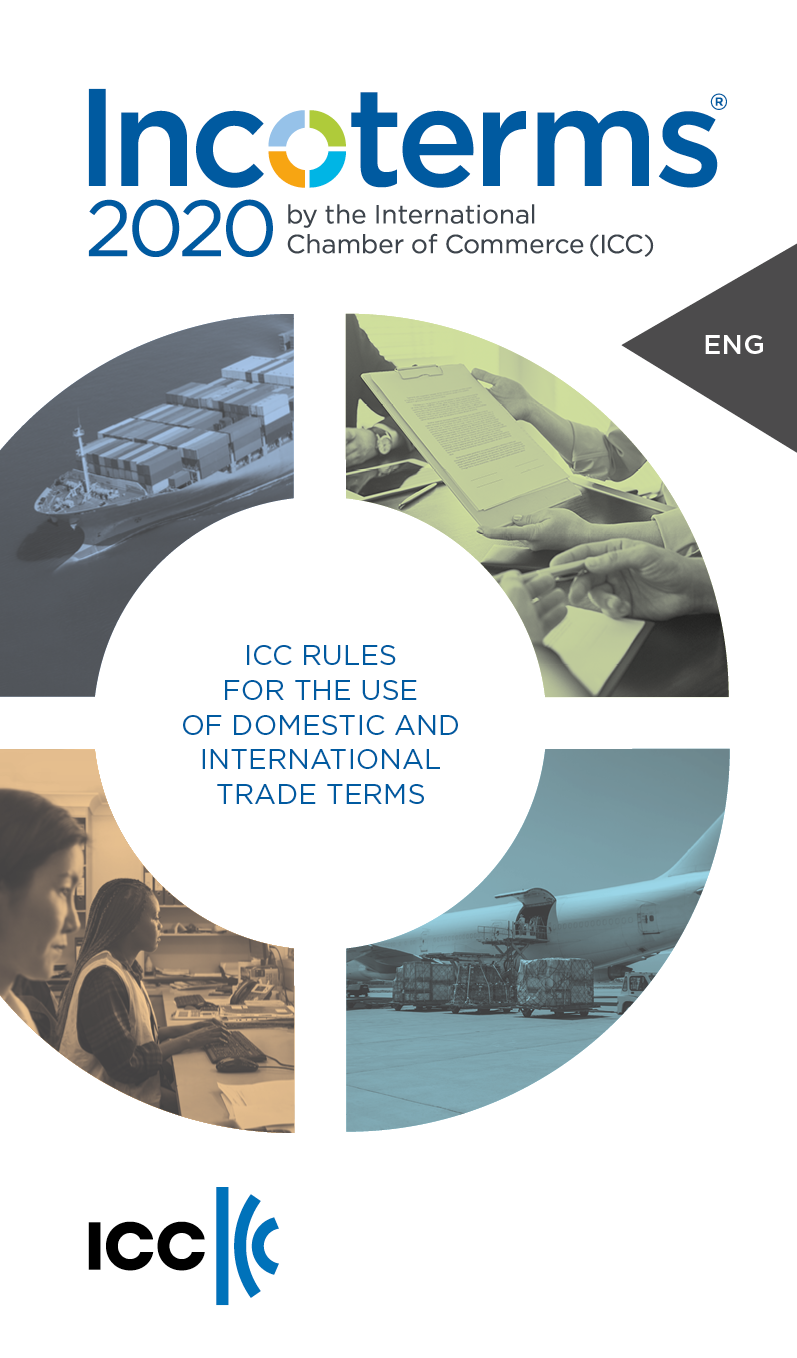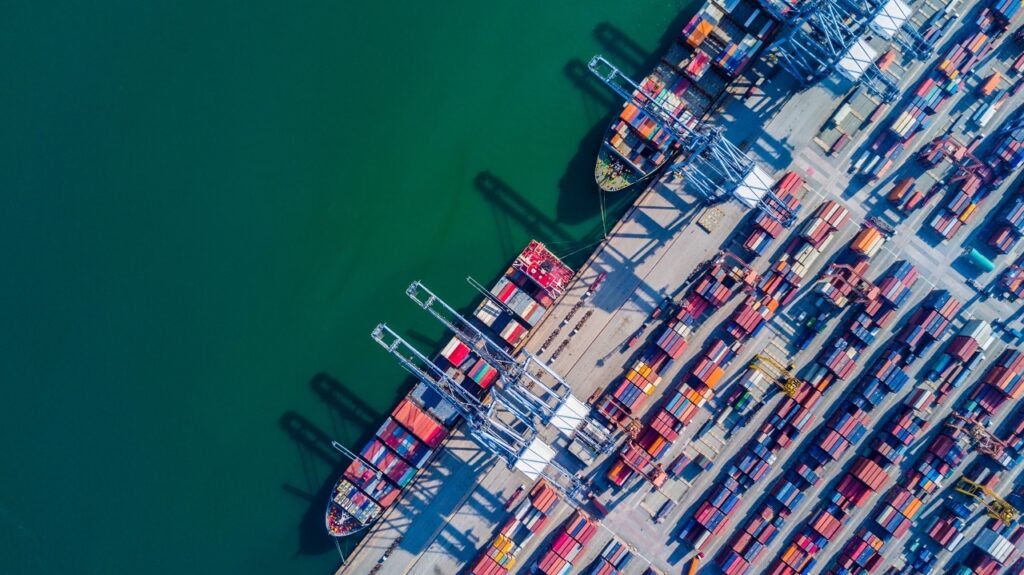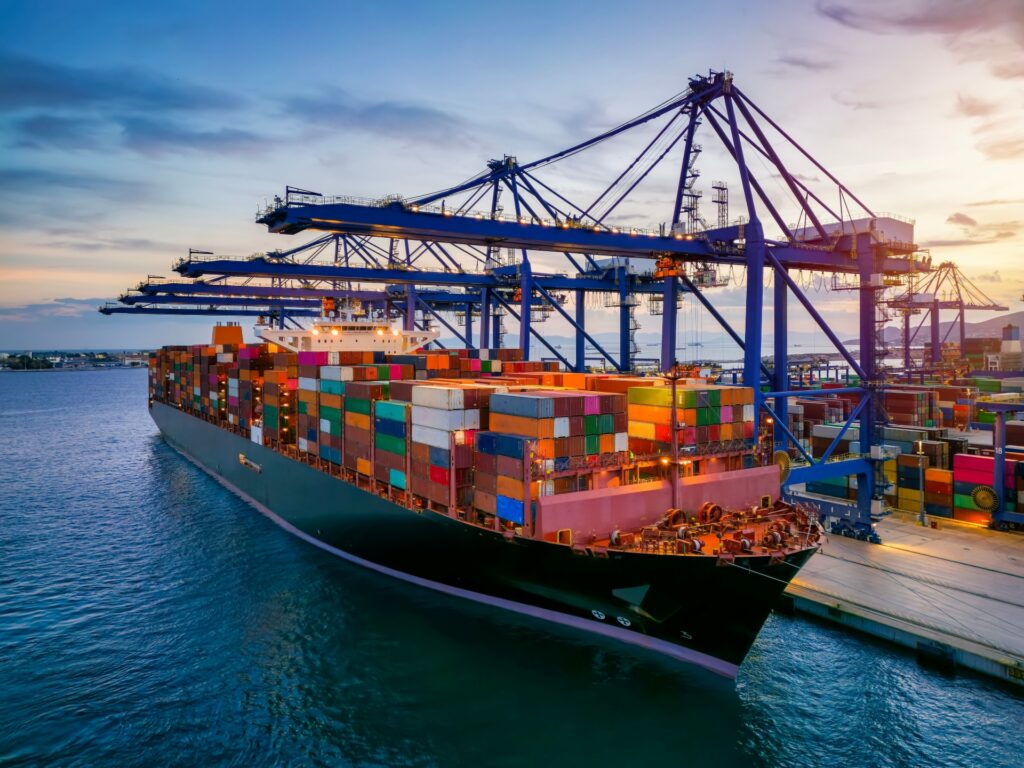Place of delivery and place of risk transfer
In this article, we will focus on the place of delivery and the place of risk transfer in international trade. Delivery of goods is one of the most important elements of any trade contract[1], and it is inevitably accompanied by the transfer of risk.
These concepts may be related to liability for loss of or damage to goods, responsibility for transportation costs, and delivery delays.
Therefore, both parties must clearly understand the legal implications of these elements and explicitly define them in the contract provisions.
The place of delivery refers to the specific location where the seller fulfils its obligation to deliver the goods, which, depending on the Incoterms® rule chosen, is not always the same place as the place or point of destination of the goods. The place of delivery may be a factory, a port, or an inland destination, and is determined by terms of the contract, which may include a trade term such as one of the Incoterms® 2020 rules.
[1] Abadi, Mohsen Abadi, & Kalkoshki, Alireza Azadi. (2017). Delivery of goods on international sales. Journal of Politics and Law, 10(4), pp.100-107.
According to Chapter 6 of the Principles of Law Relating to International Trade:
“If, however, the seller agrees to send the goods and engages a carrier for this purpose, section 32(1) provides that delivery to the carrier is deemed to be delivery to the buyer. The seller must make the best possible contract with the carrier on behalf of the buyer to ensure the safe arrival of the goods[2].
[2] Kouladis, N. (2006). Chapter 6 The Law of Sale of Goods. In Principles of Law Relating to International Trade (4th ed.,). Springer US, p.172.
The place of risk transfer marks the moment when the risk of loss of or damage to the goods passes from the seller to the buyer. Under the 11 Incoterms® 2020 rules, and generally in other contexts, the transfer of risk coincides with delivery.
For example, China’s Civil Code stipulates that risk of damage to or loss of the contract subject matter is borne by the seller before delivery and by the buyer after delivery. This principle is widely accepted internationally, including in the United States, Germany, and Austria.
Although closely related in many contexts – including in all 11 of the Incoterms® 2020 rules, the place of delivery and the point of risk transfer are not always the same. Delivery typically triggers the transfer of risk, unless otherwise agreed.
- Parties should very carefully set out in their sale contract the circumstances of passage of risk if they are not using an Incoterms ® rule in that contract. Furthermore, they should note the possible distinction – highlighted in the C-family of Incoterms® 2020 rules, for example – between the place of transfer of risk and the destination of the goods under the sale contract. The word ‘delivery’ in the context of the Incoterms® rules is tied in all 11 rules to the transfer of risk from seller to buyer, but in ordinary conversation, the word ‘delivery’ tends to denote the arrival of the goods at their destination.
Example: Under the Incoterms® 2020 rule CIF (Cost, Insurance, and Freight), the place of delivery is when the goods are placed onboard the vessel at the port of shipment, and risk also transfers there.
But under Article 68 of the CISG, risk for goods already in transit passes upon contract formation, while the delivery location may still refer to a destination port.

Incoterms® 2020 Certificate
How CISG and the Incoterms® rules define the place of delivery and risk transfer in trade contracts
If a sale contract does not set out a specific place of delivery, the CISG (United Nations Convention on Contracts for the International Sale of Goods) provides guidance through Article 31:
- [a] if the contract of sale involves carriage of the goods – in handing the goods over to the first carrier for transmission to the buyer;
- [b] if, in cases not within the preceding subparagraph, the contract relates to specific goods, or unidentified goods to be drawn from a specific stock or to be manufactured or produced, and at the time of the conclusion of the contract the parties knew that the goods were at, or were to be manufactured or produced at, a particular place – in placing the goods at the buyer’s disposal at that place;
- [c] in other cases – in placing the goods at the buyer’s disposal at the place where the seller had its place of business at the time of the conclusion of the contract.
Article 67 of the CISG addresses risk transfer in contracts relating to the carriage of goods:
- Article 67.1 sets out a situation where the goods must be transshipped without a specific place of delivery to the carrier. Here, the risk passes as the goods are handed over to the first carrier, regardless of who owns the goods.
- Article 67.2 provides an exception to the seller’s obligation to deliver the goods to the carrier at a specific place. In this case, the risk does not pass until a handover occurs at that location[3].
[3] Ingeborg Schwenzer,& Christiana Fountoulakis,& Mariel Dimsey(2019), International Sales Law A Guide to the CISG (3rd ed.,). Hart Publishing. pp.546-548.
Under Incoterms® 2020, delivery and risk points vary by term, with some commonalities by group, though care should be taken to distinguish between rules that are suitable for any mode or modes of transport and rules that are suitable only for maritime transport:
- Ex Works (EXW): Delivery and risk transfer occur when seller places the goods at the disposal of the buyer at a named place (such as a factory or warehouse, which may or may not be the seller’s premises), not loaded on any collecting vehicle.
EXW is suitable for domestic transport and may cause seller or buyer problems if goods are intended to be exported. In such a case, FCA is preferred.
- Group F
- Free Carrier (FCA – Multimodal): Seller delivers the goods to the buyer – and risk passes from seller to buyer – in one of two ways, either:
- when the named placed is the seller’s premises, when they are loaded on the means of transport arranged by the buyer; or
- when the named place is another place, when, having been loaded on the seller’s means of transport, the goods reach the other named place and are ready for unloading from that seller’s means of transport and are at the dispoal of the carrier or of another person nominated by the buyer.
- Free Alongside Ship (FAS – Maritime only): Seller delivers the goods to the buyer – and risk passes from seller to buyer – when the goods are placed alongside the vessel (e.g., on a quay or barge) nominated by the buyer at the named port of shipment.
- Free On Board (FOB – Maritime only): Seller delivers the goods to the buyer – and risk passes from seller to buyer – when the goods are onboard the vessel nominated by the buyer at the named port of shipment. Note that for goods in containers, the Incoterms® 2020 rule FCA is typically a better choice, even for maritime transport.
- Free Carrier (FCA – Multimodal): Seller delivers the goods to the buyer – and risk passes from seller to buyer – in one of two ways, either:
- Group C (CFR, CIF, CIP, CPT): In the C-rules, cost and risk transfer at different stages, with seller arranging and paying for transport to the named destination, but risk for that transport borne by the buyer.
- Carriage Paid To (CPT – Multimodal) and Carriage and Insurance Paid To (CIP – Multimodal): The risk passes once the goods are handed over to the carrier contracted by the seller. CIP mirrors CPT, but includes an obligation for seller to take out insurance against the buyer’s risk of loss of or damage to the goods.
- Cost and Freight (CFR – Maritime only) and Cost Insurance and Freight (CIF – Maritime only): The risk passes when the goods are onboard the vessel contracted by the seller. CIF mirrors CFR, but includes an obligation for seller to take our insurance against the buyer’s risk of loss of or damage to the goods.
- Group D (DAP, DPU, DDP): Delivery and transfer of risk occurs at the named place or point of destination.
- Delivered At Place (DAP – Multimodal): Risk transfers from seller to buyer when seller delivers the goods by placing them at the disposal of the buyer – ready for unloading from the arriving means of transport – at the named place or point of destination.
- Delivered at Place Unloaded (DPU – Multimodal): DPU is substantially similar to DAP, except that the seller delivers the goods, and risk transfers, by unloading the goods and placing them at the buyer’s disposal at the named place or point of destination.
- Delivered Duty Paid (DDP – Multimodal): DDP is substantially similar to DAP (in both cases the seller is not required to unload the goods), except that in DDP seller is required to clear the goods for import, if applicable, in the country of destination. This may pose problems for the seller, and parties are well advised to think carefully about the choice of DDP.

Incoterms® 2020 English
Disputes may arise from failure to specify the place of delivery and risk transfer
If a sale contract does not clearly stipulate the risk transfer point or delivery location, disputes may arise between seller and buyer when goods are lost, damaged or delayed during transportation.
For example, vague description in the sale contract of the place of delivery may lead to disputes due to delays of delivery or disputes regarding the delivery location.
Consider a contract stating only “delivery at the port of destination”, without specifying a wharf or terminal. If the seller delivers the goods to a different terminal than the buyer expects, the buyer may refuse to accept the goods or lodge a claim for “place inconsistency”.
Under CIF terms, the seller must bear the freight and insurance costs to the named port of destination, but if no specific port is agreed, the seller may opt for the cheapest nearby port, which could lead to a dispute over freight differences.
For example, Qingdao Port in East China includes different ports such as Qianwan Port and Dongjiakou Port, and the land transportation costs between each port are different.
A vague reference in a sale contract to the named port of destination such as “CIF Qingdao City” could result in the buyer incurring unexpected land transport or storage costs, delays and risk if the seller and buyer have different assumptions about the precise meaning of ‘CIF Quindao City”.
Read: National regulatory barriers to the Incoterms® 2020 rules (Updated in January 2025)
Risk mitigation strategies
To avoid disputes, both parties must clearly understand and accurately define the place of delivery and the risk transfer.
Best practices include:
- Include a standardized commercial term, such as one of the Incoterms® 2020 rules, in a B2B contract for the sale of goods, and specify the place and/or point of delivery precisely
- Clearly define the rights and obligations of both buyer and seller in the contract
- Specify the scope of risk bearing to avoid confusion over liability
- Use precise geographic terms in delivery clauses (e.g., FOB Shanghai Port, Berth no.5)
- Avoid vague expressions such as “destination port” and “designated location” which can lead to misinterpretation
- Establish clear contractual mechanisms to protect rights and minimise delivery-related disputes





